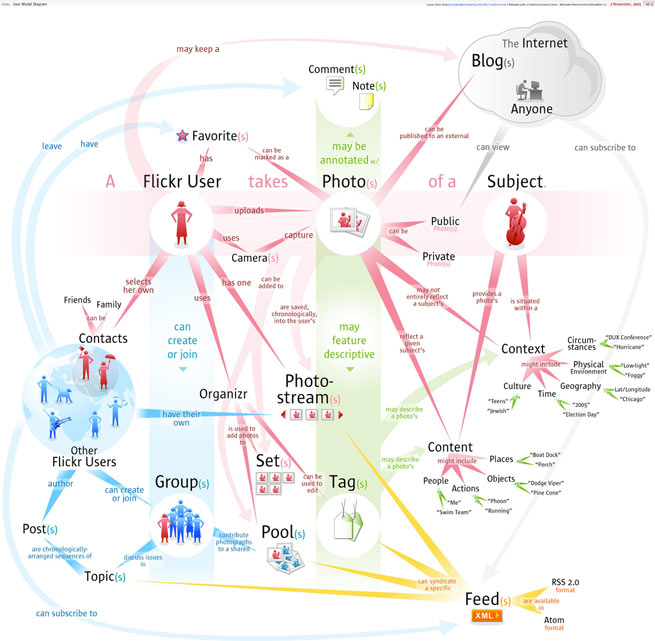
How to Make a Concept Model Boxes and Arrows
Essential concepts mean roles, people, places, or processes, that are an integral part of the business model. Remember to think big, start small, and scale fast as outlined in my self-service BI article. When modeling data, conceptual data models are the first of three primary types of data models. Those three are conceptual, logical, and physical.

constructing a conceptual architectural model YouTube
The concepts that would mostly be represented in a concept model are highlighted in the BABOK guide and are as follows: Noun Concepts: The noun concepts of a domain are easy to spot and are considered "given", for example "Order", "Author", etc

1. Examples of conceptual models (courtesy of W. Heijs) A. Bivariate... Download Scientific
There are three stages in data modeling: conceptual, logical, and physical. Each stage brings the database closer to reality. Data modeling stages The conceptual model sketches out the entities to be represented and determines what kinds of relationships exist between them.

Business Analysis Core Concept Model Explained YouTube
Concept model example. This concept model template can help you: - Identify correct terms to use in communication. - Organize your business vocabulary. - Easily and effectively collaborate with colleagues. Open this template to view a detailed example of a concept model that you can customize to your use case. Use this template.
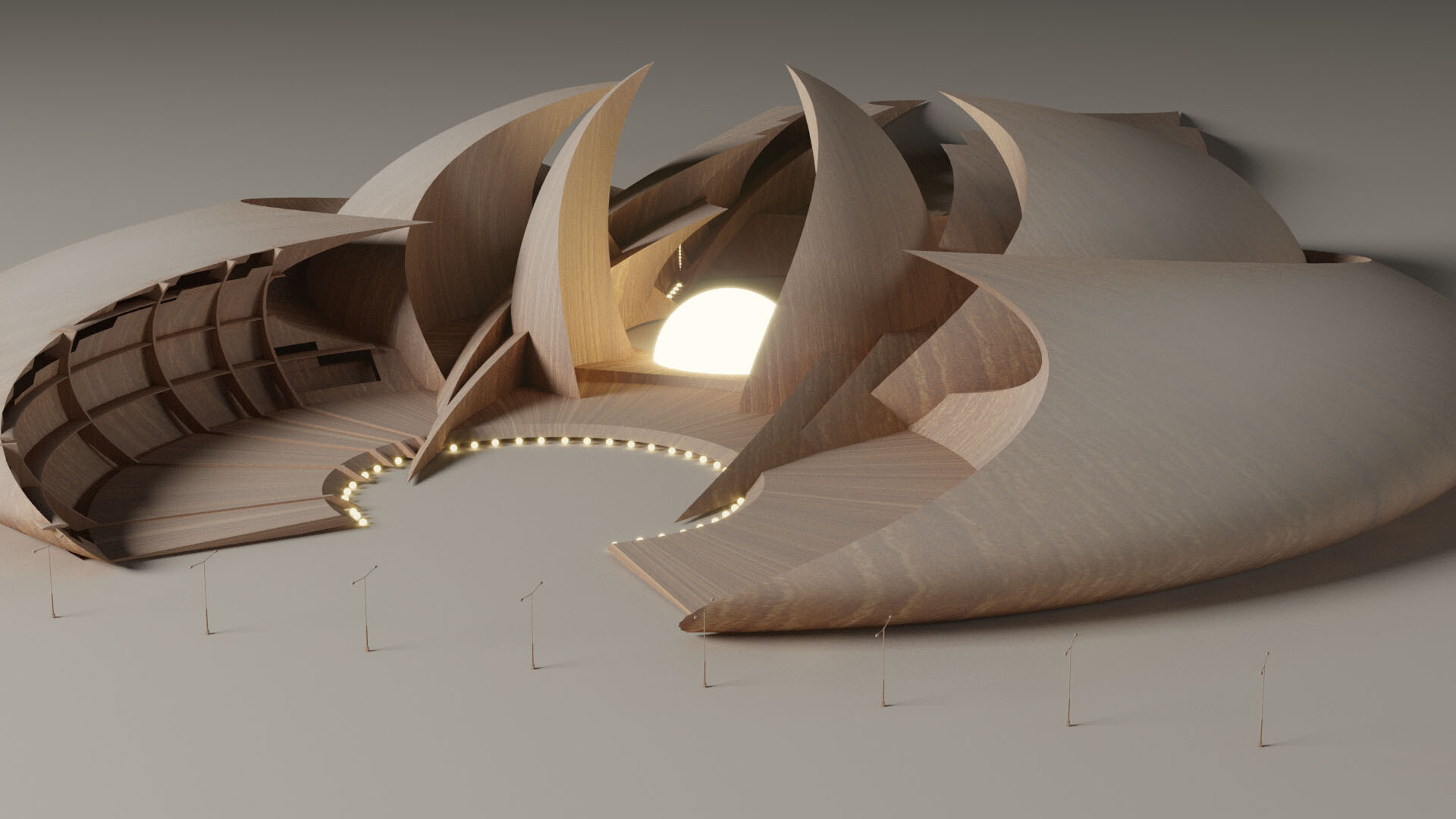
ArtStation Conceptual Architecture Model
Let's understand these concepts in detail: 1. Entities. Entities are the foundational components of data modeling. They represent real-world objects, concepts, or things about which you want to store data. In an e-commerce context, entities could include "Product," "Customer," "Order," and "Supplier.".
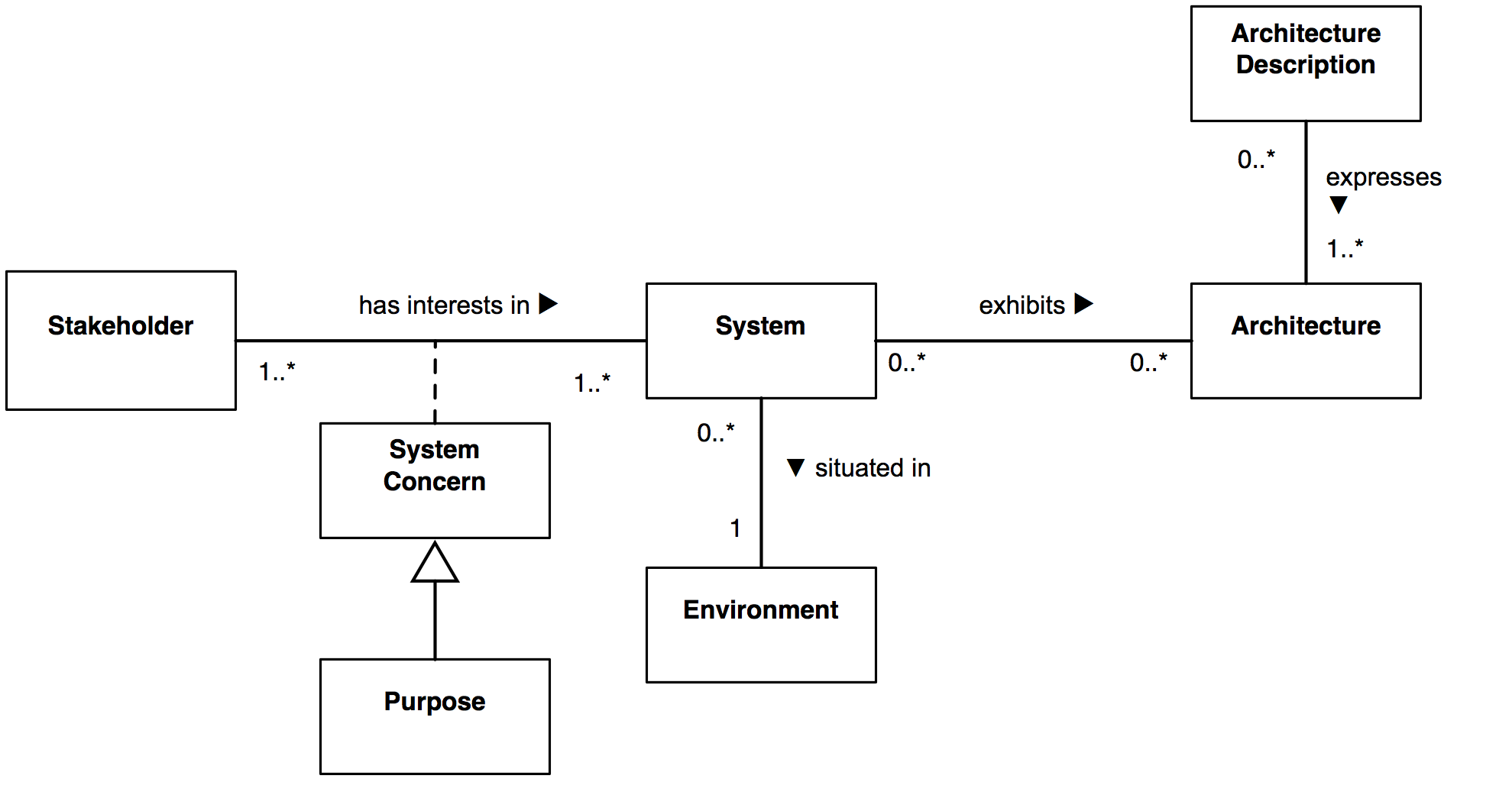
ISO/IEC/IEEE 42010 Conceptual Model
The concept modelling will support the rich meaning and standard connections that are derived from the solution such as categorizations, classifications, partitive connections, and roles of the particular domain. Advantages of using this Concept Modelling technique are,

Concept modelling for dummies Talking Humanities
So here are some practical examples of Conceptual Models. How meta is this a concept model of a concept model? The diagram speaks for itself. You can read sentences in the diagram. Concept Models are Diagrams that describes complex ideas and is broken down into Nouns.
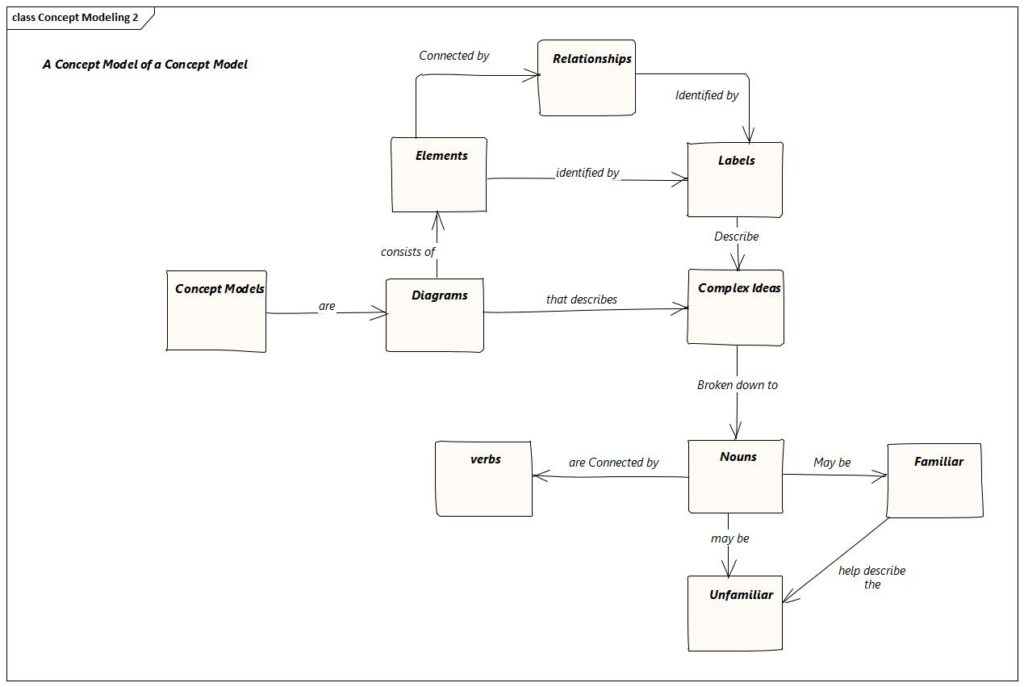
Concept Modelling 101
A concept model is a way of organising and structuring a business vocabulary so that the operational know-how of a domain can be communicated clearly, thoroughly, and consistently. The basis of a concept model is a glossary that defines the core noun concepts of a specific knowledge domain.
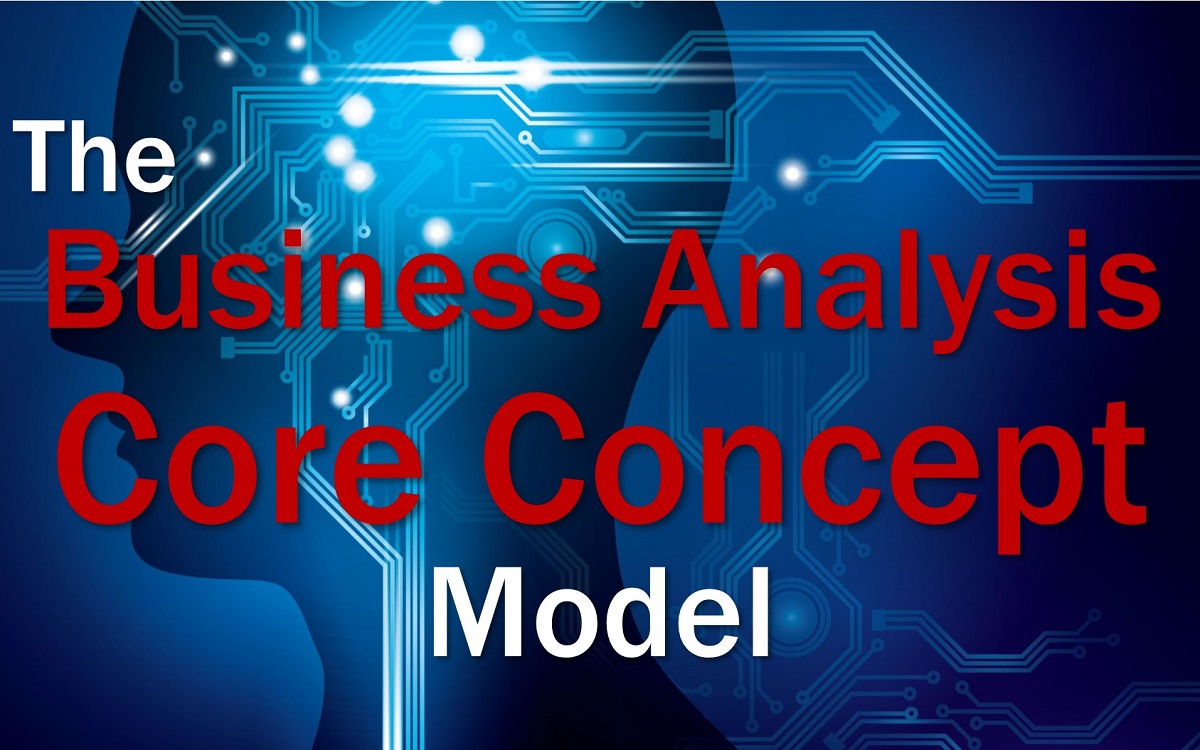
How to use the Business Analysis Core Concept Model
Translation simulation part of Examples. This module introduces students to the basics behind translation of a messenger RNA sequence into protein. In addition to text and movies, there are interactive shockwave animations that allow students to move ribosomes and tRNAs to perform translation. Subject: Biology: Molecular Biology.
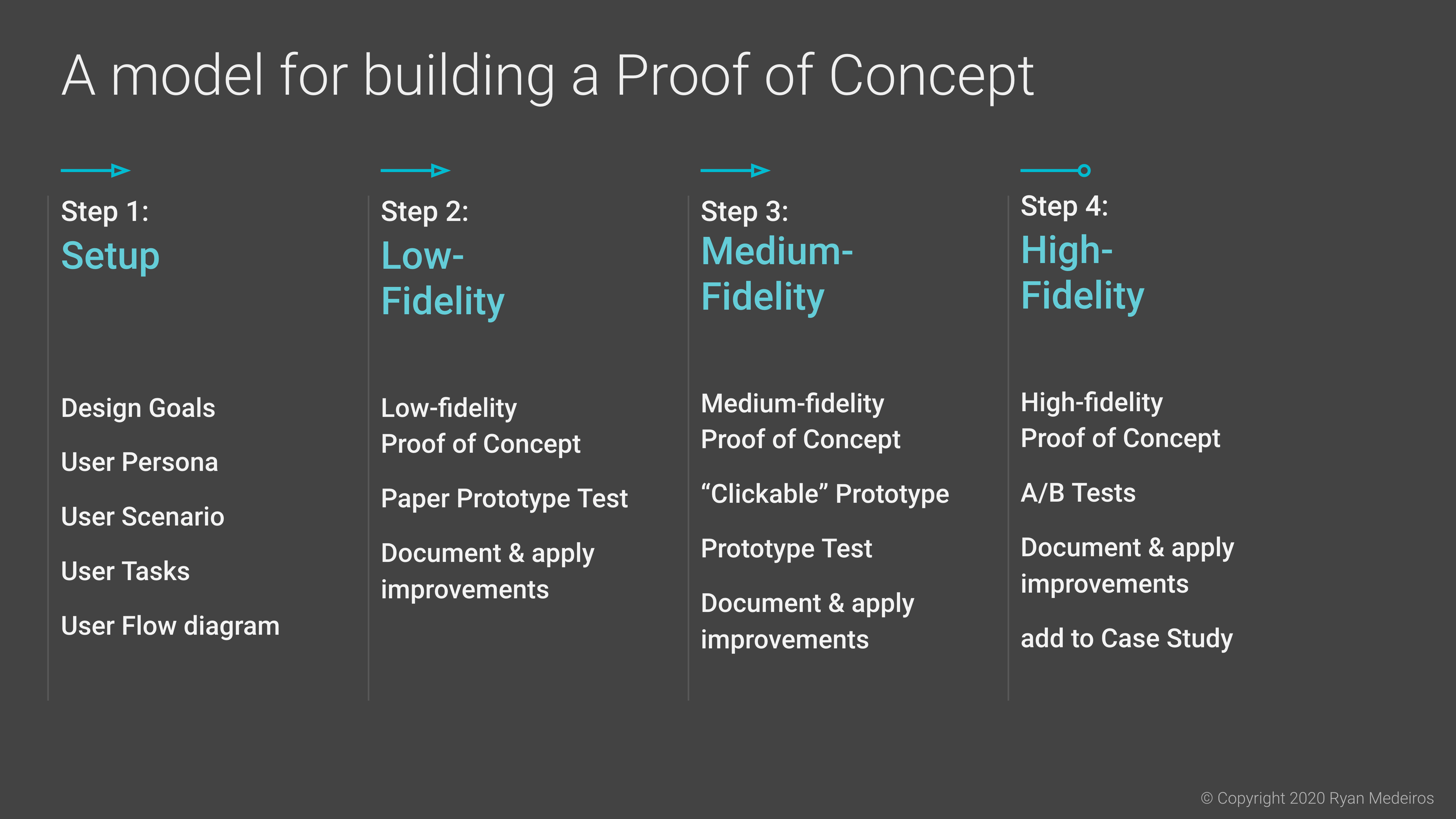
Setting up a successful UX proof of concept by Ryan Medeiros UX Collective
A concept model is a representation or specification of an idea or object that exists in the mind. It is a conceptual framework or blueprint that helps to organize thoughts and plan the creation or invention of something. Concept models are used to visually illustrate the concept, design, or thought process behind a product or project.

conceptMODEL Conceptual model architecture, Concept models architecture, Architecture model
Table 1.Elements of Structure for Concept Models. (Class of thing1) is a category of (class of thing2). 'Corporate customer' is a category of 'customer'. A customer is always considered corporate if the customer is not an individual person. An order's date promised must beat least 24 hours after the order's date taken.

What Is Conceptual Modeling? Conceptual Modeling In A Nutshell FourWeekMBA
A conceptual model as a descriptive conceptual model is a deliverable of an understandable (may be, ready to apply or to practise) and formalised (or well-formed) [concept-based], unconditionally acceptable conceptualisation of perception and domain-situation models for interaction and discourses.

How To Create a Conceptual Data Model Why Change
Conceptual modeling is the activity of formally describing some aspects of the physical and social world around us for the purposes of understanding and communication. [4] Fundamental objectives Comparison model highlighting conceptual model role in system process

Concept models architecture, Conceptual model architecture, Concept architecture
Another approach to developing a concept model, better in many respects, is in conjunction with the actual authoring of textual business statements themselves (e.g., policy statements, product descriptions, regulation, etc.). We have done this for many years, for example, in conjunction with writing business rules.

Concept Modeling with Stratasys take design from digital to physical world
What Is It Used For? The conceptual data model is the very first and the most abstract data model in the data modeling process. It is a high-level diagram that we use to define, describe, organize, and present data elements and their relationships with relatively few details. Conceptual data models contain only:

ObjectOriented Analysis And Design — Conceptual Model (Part 2) by Omar Elgabry OmarElgabry
Several short examples of conceptual models can help better define them. Red sun-sets and blue skies. The intensity of scattered light from the atmosphere increases with decreasing wavelength. In fact the intensity of scattered light is inversely proportional to the 4th power of wavelength. [The intensity of 450 nm blue light is more than 4.